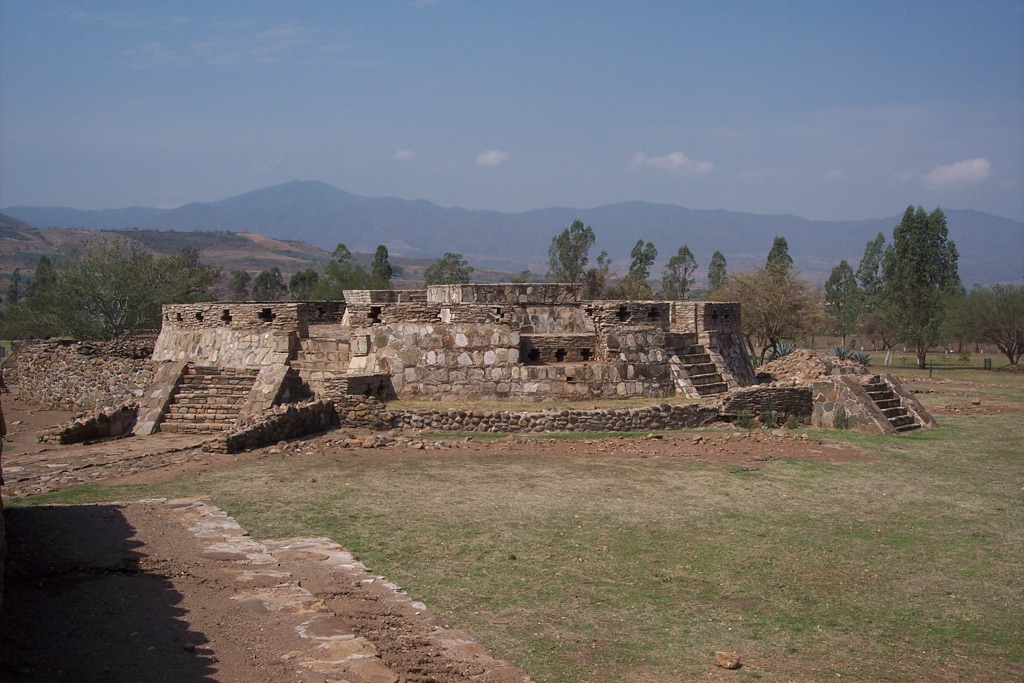Ixtlán del Rio is a significant archaeological site located in the state of Nayarit, Mexico. Known for its impressive array of stone sculptures and complex architecture, it offers a glimpse into the ancient cultures of West Mexico. The site features a variety of structures, including pyramids, plazas, and ball courts, indicative of a sophisticated society with advanced knowledge of urban planning and ceremonial practices. The artifacts and ruins found at Ixtlán del Rio provide valuable insights into the social, political, and religious life of the people who once thrived in this region.
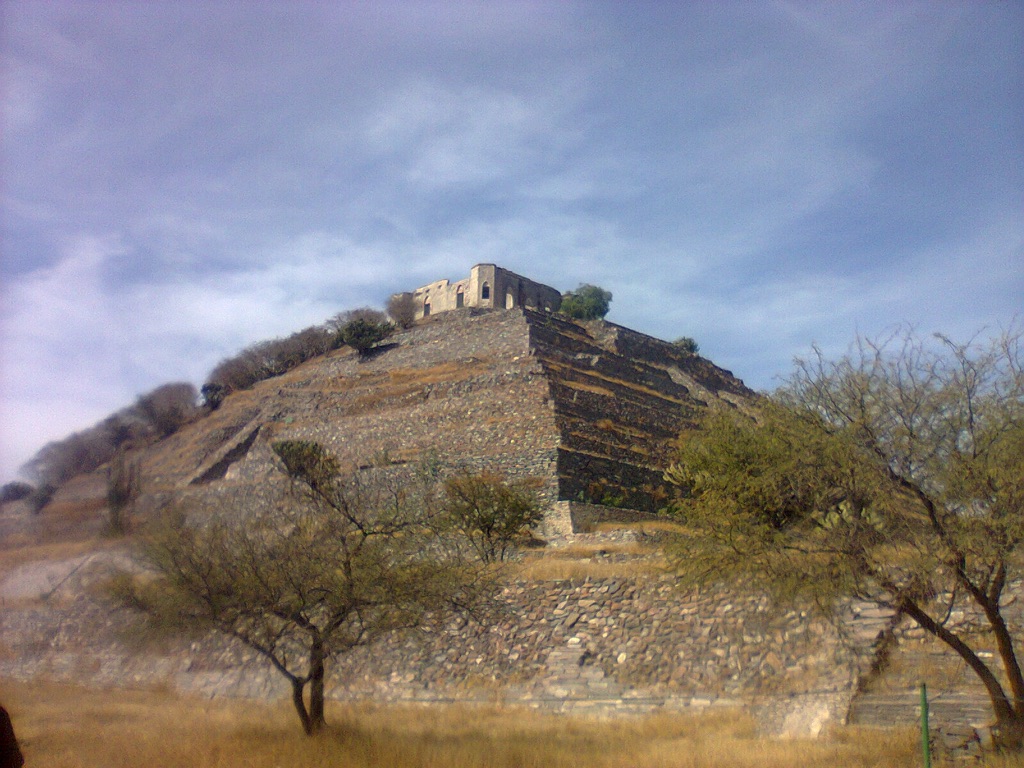
El Cerrito Archaeological Site
The El Cerrito Archaeological Site is a pre-Columbian archaeological location in Querétaro, Mexico. It showcases the remains of a temple complex that played a significant role in the region’s cultural and religious life. The site offers a glimpse into the ancient Mesoamerican civilizations that thrived before the Spanish conquest. El Cerrito’s importance lies not only in its historical value but also in its contribution to our understanding of the Toltec and other indigenous cultures.
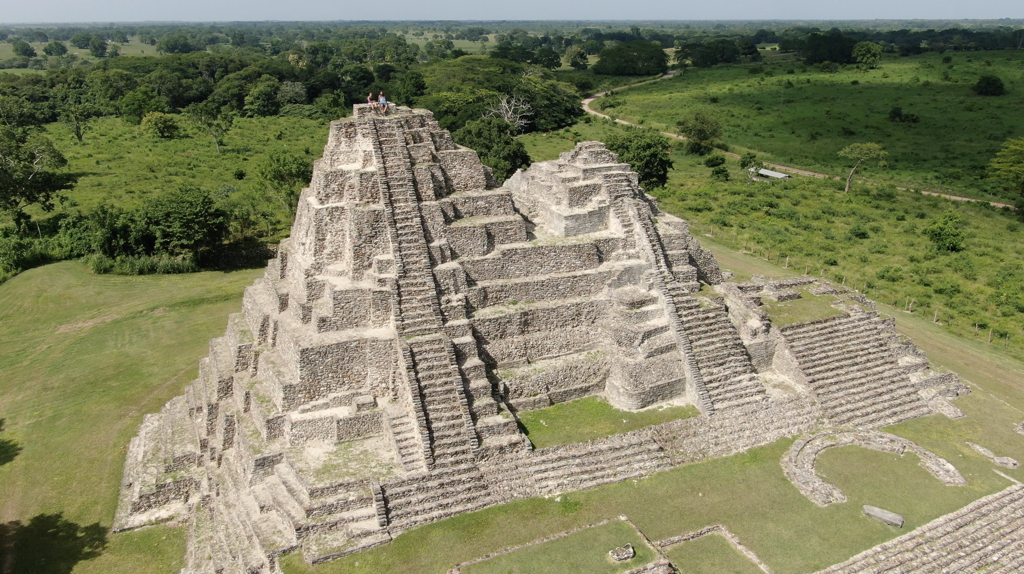
Moral Reforma
Moral Reforma is an archaeological site located in Tabasco, Mexico. It is part of the Maya civilization, which thrived in Mesoamerica for thousands of years. The site includes various structures such as pyramids, plazas, and residential areas. It provides valuable insights into the social, political, and economic aspects of the Maya culture. The site’s discovery and subsequent studies have contributed significantly to the understanding of Maya history and its intricate calendar system.
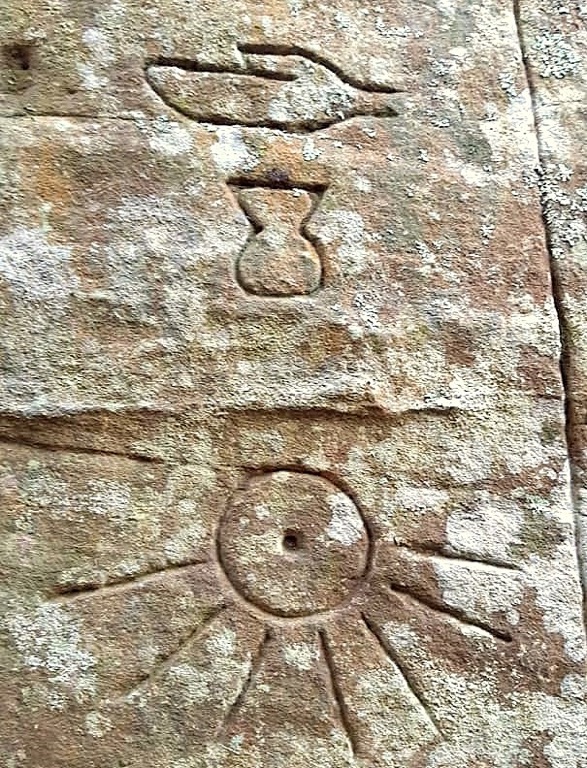
Gosford hieroglyphs
The Gosford hieroglyphs, also known as the Kariong glyphs, are a group of approximately 300 engravings on two sandstone walls in the Brisbane Water National Park, Gosford, New South Wales, Australia. These engravings have sparked significant debate and interest since their discovery, with claims that they are ancient Egyptian hieroglyphs. However, most Egyptologists and archaeologists consider them to be modern forgeries. The glyphs are located near the town of Gosford, a region not known for any ancient Egyptian presence.
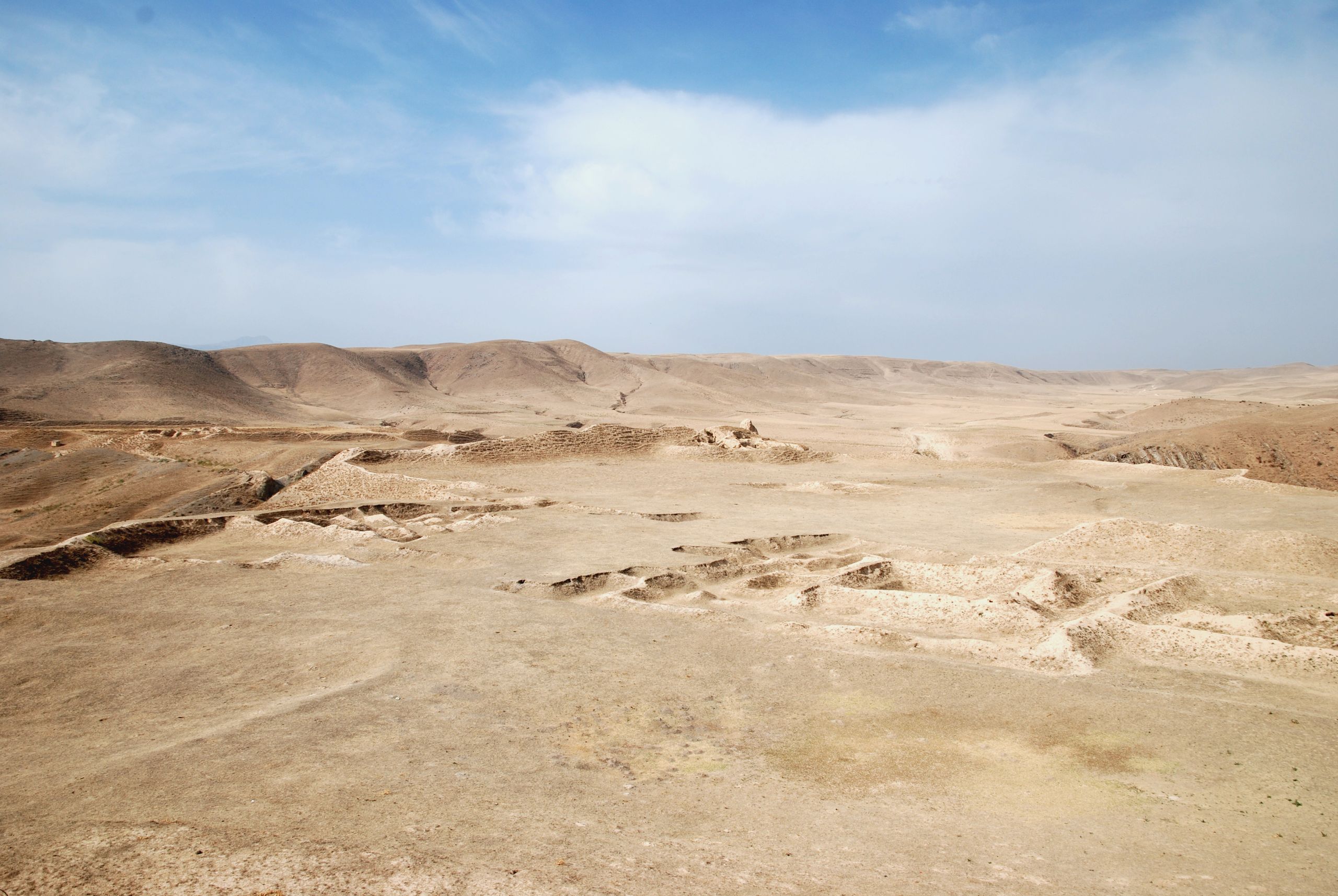
Bunjikat archeological site
The Bunjikat archaeological site, nestled in the heart of modern-day Tajikistan, is a window into the ancient world. It offers a glimpse into the lives of the people who thrived in the Sogdian civilization. The ruins, which include a citadel, palace, and residential quarters, are a testament to the region’s historical significance. The site’s discovery and subsequent excavations have provided valuable insights into the cultural and architectural practices of a bygone era.
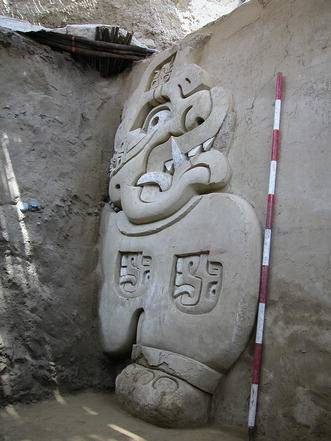
Feline of Huaca Partida
The feline of Huaca Partida is a significant artifact discovered in Peru. It represents the Moche culture, known for its pottery, architecture, and artwork. This artifact, depicting a feline figure, offers insights into the religious and symbolic practices of the Moche people. The discovery of the feline figure has sparked interest among historians and archaeologists,…

